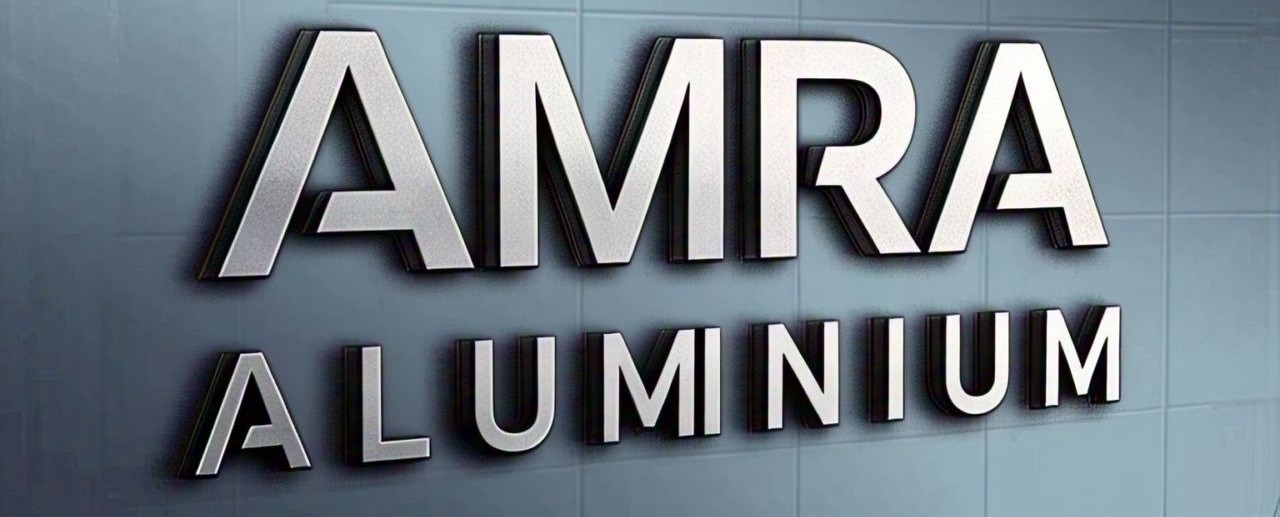
The Future of Aluminum: A Comprehensive Look at the Upcoming Trends and Opportunities
Aluminum, the third most abundant element in the Earth’s crust, has long been a cornerstone of modern industry. Its lightweight, durable, and corrosion-resistant properties make it indispensable in sectors ranging from construction and transportation to packaging and electronics. As we move further into the 21st century, the role of aluminum is set to evolve dramatically, driven by technological advancements, sustainability concerns, and shifting global demands. In this blog, we’ll explore the upcoming trends, challenges, and opportunities that will shape the future of aluminum.
1. The Growing Demand for Aluminum
Aluminum is already one of the most widely used metals in the world, and its demand is expected to grow significantly in the coming decades. Here are some key drivers:
a. Lightweighting in Transportation
- Electric Vehicles (EVs): As the automotive industry shifts toward electric vehicles, aluminum’s lightweight properties are becoming increasingly important. Reducing vehicle weight improves battery efficiency and extends driving range, making aluminum a critical material for EV manufacturers.
- Aerospace Industry: The aerospace sector continues to rely on aluminum for its high strength-to-weight ratio, which is essential for fuel efficiency and performance.
b. Sustainable Packaging
- With the global push to reduce plastic waste, aluminum is emerging as a sustainable alternative for packaging. Its recyclability and ability to preserve food and beverages make it a preferred choice for eco-conscious consumers and businesses.
c. Renewable Energy
- Aluminum is a key component in solar panels, wind turbines, and energy storage systems. As the world transitions to renewable energy, the demand for aluminum in this sector is expected to surge.
2. Sustainability and Recycling
One of the most significant trends in the aluminum industry is the focus on sustainability. Aluminum is 100% recyclable, and recycling it requires only 5% of the energy needed to produce primary aluminum. Here’s how sustainability is shaping the future of aluminum:
a. Circular Economy
- Companies are increasingly adopting circular economy models, where aluminum is continuously recycled and reused. This reduces the need for mining and lowers the carbon footprint of aluminum production.
b. Green Aluminum
- The concept of “green aluminum” refers to aluminum produced using renewable energy sources, such as hydroelectric power. Companies like Apple and BMW are already sourcing green aluminum to meet their sustainability goals.
c. Carbon Neutrality
- The aluminum industry is working toward achieving carbon neutrality by optimizing production processes, investing in carbon capture technologies, and increasing the use of recycled aluminum.
3. Technological Innovations
Advancements in technology are set to revolutionize the aluminum industry. Here are some key innovations to watch:
a. Advanced Alloys
- Researchers are developing new aluminum alloys with enhanced properties, such as increased strength, heat resistance, and corrosion resistance. These alloys will expand the applications of aluminum in high-performance industries.
b. Additive Manufacturing (3D Printing)
- Aluminum is becoming a popular material for 3D printing due to its lightweight and versatility. This technology allows for the creation of complex, customized parts with minimal waste.
c. Smart Manufacturing
- The integration of artificial intelligence (AI) and the Internet of Things (IoT) in aluminum production is improving efficiency, reducing costs, and minimizing environmental impact.
4. Challenges Facing the Aluminum Industry
While the future of aluminum is bright, the industry must address several challenges to sustain its growth:
a. Energy-Intensive Production
- Primary aluminum production is highly energy-intensive, contributing to greenhouse gas emissions. Transitioning to renewable energy sources is crucial for reducing the industry’s environmental impact.
b. Supply Chain Disruptions
- The aluminum industry is vulnerable to supply chain disruptions, such as trade tensions, geopolitical conflicts, and pandemics. Diversifying supply sources and investing in local production can mitigate these risks.
c. Competition from Alternative Materials
- While aluminum has many advantages, it faces competition from alternative materials like carbon fiber and advanced plastics. Continuous innovation is essential to maintain aluminum’s competitive edge.
5. Opportunities for Growth
The aluminum industry is poised for significant growth, with several emerging opportunities:
a. Urbanization and Infrastructure Development
- Rapid urbanization in developing countries is driving demand for aluminum in construction, transportation, and infrastructure projects.
b. Electric Vehicles and Battery Technology
- The rise of EVs and advancements in battery technology present new opportunities for aluminum in battery casings, charging infrastructure, and lightweight vehicle components.
c. Space Exploration
- As space exploration gains momentum, aluminum’s lightweight and durable properties make it an ideal material for spacecraft and satellites.
6. The Role of Policy and Regulation
Government policies and regulations will play a critical role in shaping the future of aluminum. Key areas of focus include:
- Carbon Pricing: Implementing carbon pricing mechanisms to incentivize low-carbon production methods.
- Recycling Mandates: Enforcing regulations to promote aluminum recycling and reduce waste.
- Trade Policies: Ensuring fair trade practices to support the global aluminum market.
7. Conclusion
The future of aluminum is full of promise, driven by its versatility, sustainability, and adaptability to emerging technologies. As the world grapples with challenges like climate change, resource scarcity, and urbanization, aluminum will continue to play a pivotal role in building a sustainable and innovative future. By embracing technological advancements, prioritizing sustainability, and addressing industry challenges, the aluminum sector can unlock new opportunities and remain a cornerstone of global progress.
Whether you’re an industry professional, investor, or simply curious about the future of materials, the story of aluminum is one to watch. Its journey from a humble metal to a key enabler of modern life is a testament to human ingenuity and the endless possibilities of innovation. Stay tuned as we witness the next chapter in the evolution of aluminum! 🌍✨

